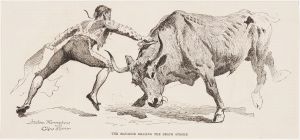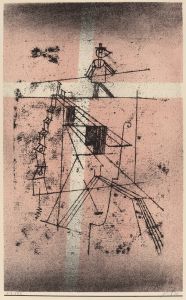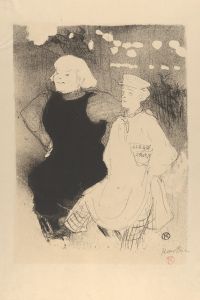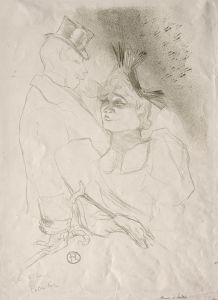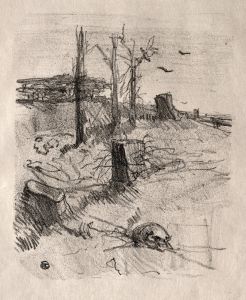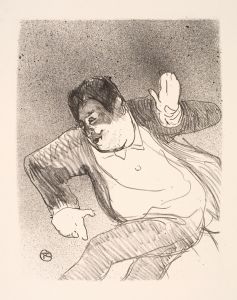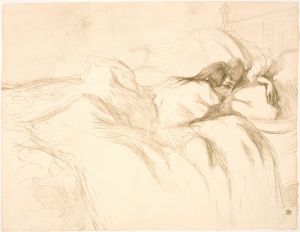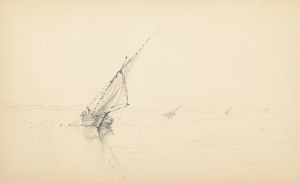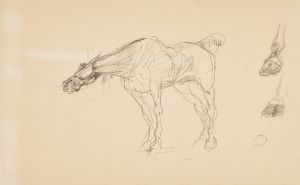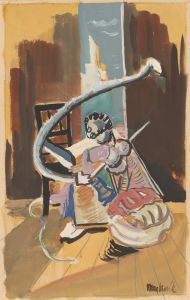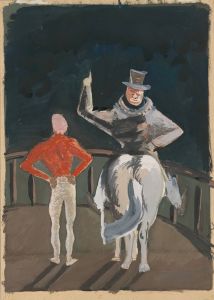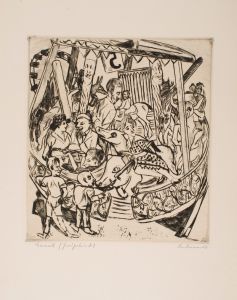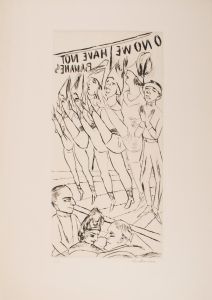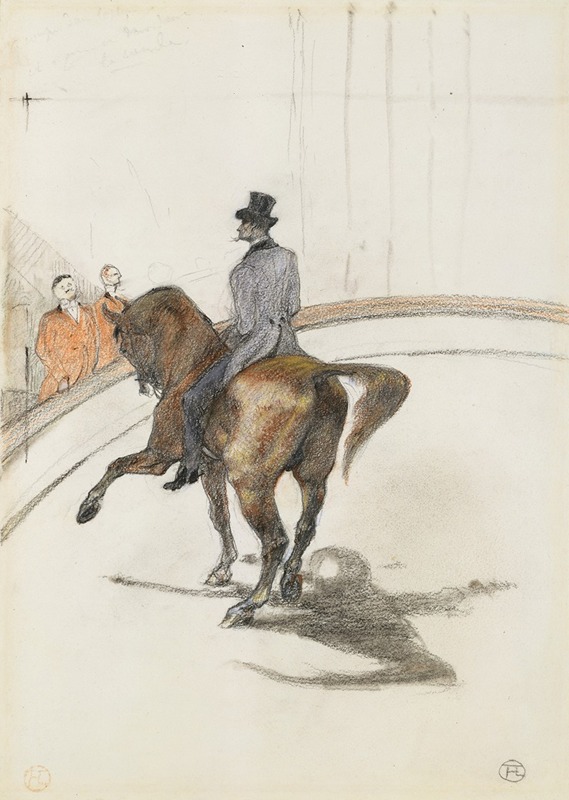
At the Circus; The Spanish Walk
A hand-painted replica of Henri de Toulouse-Lautrec’s masterpiece At the Circus; The Spanish Walk, meticulously crafted by professional artists to capture the true essence of the original. Each piece is created with museum-quality canvas and rare mineral pigments, carefully painted by experienced artists with delicate brushstrokes and rich, layered colors to perfectly recreate the texture of the original artwork. Unlike machine-printed reproductions, this hand-painted version brings the painting to life, infused with the artist’s emotions and skill in every stroke. Whether for personal collection or home decoration, it instantly elevates the artistic atmosphere of any space.
Henri de Toulouse-Lautrec, a prominent French Post-Impressionist painter, created numerous works that captured the vibrant and often unconventional aspects of late 19th-century Parisian life. Among his many subjects, the circus was a recurring theme, reflecting his fascination with performers and their unique world. One of his works, At the Circus; The Spanish Walk, is an example of his exploration of this theme.
This painting, completed in 1899, depicts a moment from a circus performance. The title refers to the "Spanish Walk," a specific equestrian maneuver where a horse lifts its legs in a high, deliberate, and rhythmic manner, often associated with dressage. Toulouse-Lautrec's depiction focuses on the interaction between the horse and its trainer, capturing the dynamism and precision of the act. The composition emphasizes movement and the relationship between human and animal, a subject that intrigued the artist.
Toulouse-Lautrec's style in this work reflects his characteristic use of bold lines and simplified forms, influenced by both Japanese prints and the Impressionist movement. The painting demonstrates his ability to convey energy and emotion through minimal detail, focusing on the essence of the scene rather than intricate realism. The muted color palette and fluid brushwork are typical of his later works, as his health declined and his style became more expressive.
The circus was a significant source of inspiration for Toulouse-Lautrec, as it allowed him to explore themes of performance, spectacle, and the blending of artifice and reality. He was particularly drawn to the performers' dedication and the physicality of their acts, which he often portrayed with a mix of admiration and empathy. This interest aligned with his broader focus on marginalized figures in society, including cabaret dancers, prostitutes, and other entertainers.
At the Circus; The Spanish Walk was created during the final years of Toulouse-Lautrec's life, a period marked by declining health due to alcoholism and syphilis. Despite his struggles, he continued to produce art that captured the vitality and complexity of his subjects. This painting is part of a series of works centered on the circus, showcasing his enduring interest in the theme.
Today, At the Circus; The Spanish Walk is recognized as an important example of Toulouse-Lautrec's late work. It reflects his unique ability to combine technical skill with a deep understanding of human and animal expression. The painting is held in a private collection, and its exact details, including its provenance, are less documented compared to some of his more famous works. Nevertheless, it remains a testament to his artistic legacy and his contribution to the Post-Impressionist movement.





